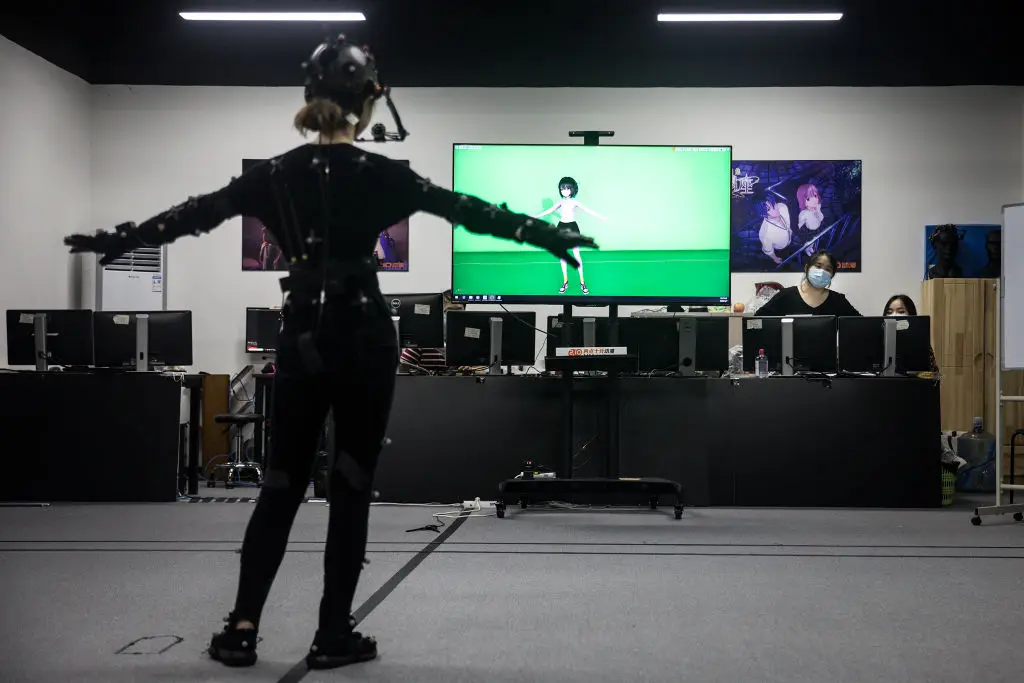Virtual reality (VR) production requires highly realistic and immersive experiences, and motion capture and facial capture technologies play a crucial role in achieving that level of realism. Motion capture and facial capture technologies are used in VR production to track the movements and facial expressions of actors, allowing them to be accurately replicated in a virtual environment. In this article, we will explore these technologies in more detail and their importance in VR production.
Motion capture technology involves tracking the movements of an actor and translating them into a digital format. This technology uses sensors placed on an actor’s body to track their movements accurately, allowing them to be replicated in a virtual environment. Motion capture technology is commonly used in VR production for creating realistic animations of characters or avatars. This technology allows for highly realistic movements and interactions in a virtual environment, which can help to create more immersive and engaging experiences for users.
Facial capture technology is used to track the facial expressions of actors and translate them into a digital format. This technology uses sensors placed on an actor’s face to track their facial movements accurately, allowing them to be replicated in a virtual environment. Facial capture technology is commonly used in VR production for creating realistic facial animations of characters or avatars. This technology allows for highly realistic and emotive facial expressions, which can help to create more engaging and emotionally impactful experiences for users.
Combined, motion capture and facial capture technologies are used in VR production to create highly realistic and immersive experiences for users. These technologies can help to bring characters and avatars to life in a way that is not possible with traditional animation methods. This level of realism can help to create more engaging and emotionally impactful experiences for users, which can lead to increased user satisfaction and loyalty.
Another advantage of motion capture and facial capture technologies is that they can help to streamline the production process for VR content. These technologies can help to reduce the time and costs associated with traditional animation methods, as they allow for more efficient and accurate animation of characters and avatars. This can help to create more cost-effective and efficient production processes for VR content, allowing businesses to create high-quality VR experiences at a lower cost.
In conclusion, motion capture and facial capture technologies are essential tools for creating highly realistic and immersive VR experiences. These technologies allow for accurate tracking of an actor’s movements and facial expressions, which can help to create more engaging and emotionally impactful experiences for users. Additionally, these technologies can help to streamline the production process for VR content, reducing costs and increasing efficiency. As VR technology continues to evolve, we can expect to see even more advanced motion capture and facial capture technologies that will further enhance the realism and immersion of VR experiences.

